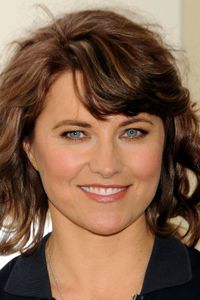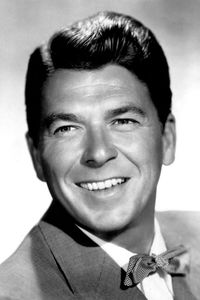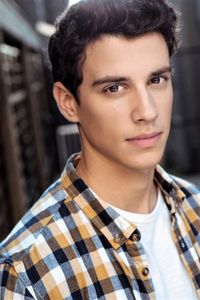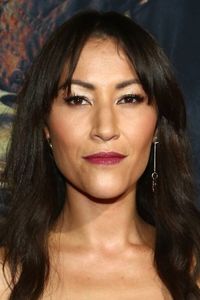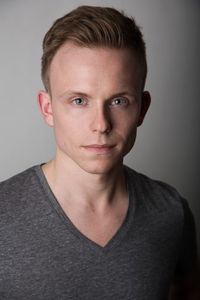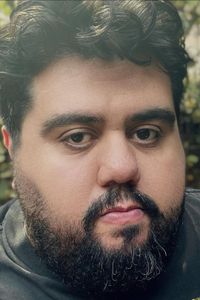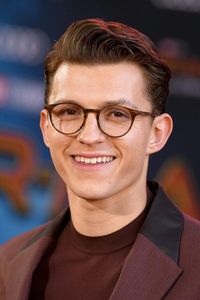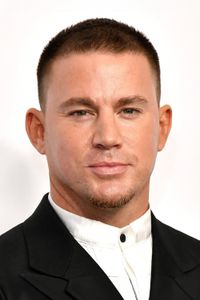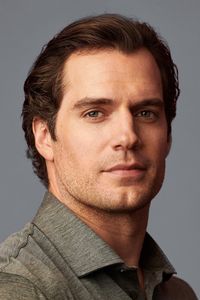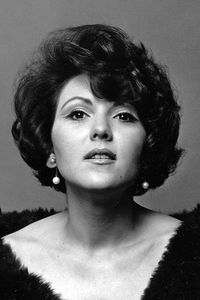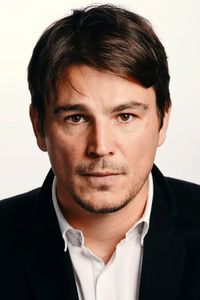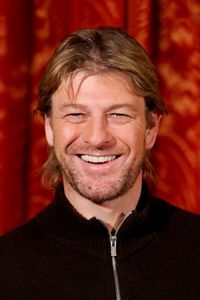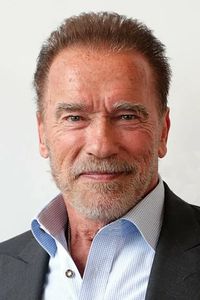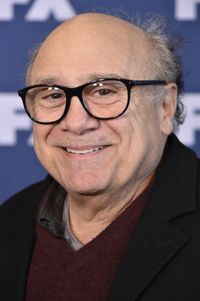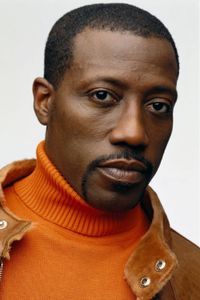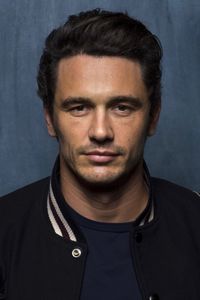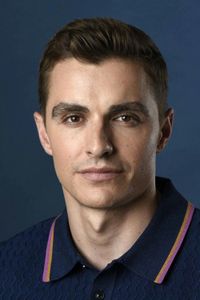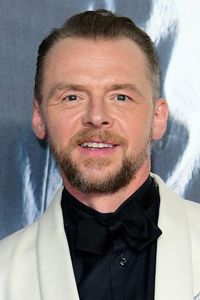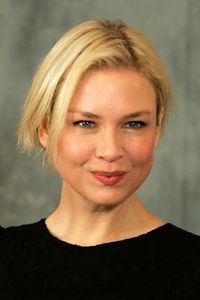Lloyd Michael Williams, a renowned American experimental filmmaker, hails from the vibrant borough of Brooklyn, New York, where his fascination with motion began with the enchanting world of marionettes. By the tender age of 13, he had already embarked on a filmmaking journey, and his enthusiasm for photography and filmmaking continued to flourish with each passing year. During his high school tenure, Lloyd held a part-time position as an usher at Cinema 16 in New York City, the sole venue showcasing 16mm experimental movies, where he was deeply inspired by the eclectic assortment of films he witnessed and the thought-provoking poem by Lewis Carroll. This artistic stimulation ultimately prompted Lloyd to create his magnum opus, "Jabberwock," which went on to win the prestigious Silver Medallion at the esteemed Cannes Film Festival in 1959.
After completing his high school education, Lloyd went on to enroll at New York University, where he pursued a degree in Film, Television & Radio.
During his time at NYU, Lloyd had the opportunity to hone his skills in filmmaking, and in 1959, he directed a short film titled "They're Off" as part of the NYU Summer Motion Picture Workshop.
In the following year, 1960, Lloyd collaborated with renowned filmmaker Mary Ellen Bute on the production of "The Boy with Green Hair".
As a student, Lloyd was also actively involved in various projects, including the production of "Ursula", which went on to win the Bronze Medallion at the prestigious Cannes Film Festival in 1961.
Lloyd's creative endeavors didn't stop there, as he continued to experiment with his craft, directing a more unconventional work titled "The Creation". This project, which explored mankind's blind faith in various aspects of life, was showcased in radio and television commercials, showcasing Lloyd's versatility as a filmmaker.
Lloyd's academic journey culminated in 1962 with the attainment of his degree, which subsequently paved the way for his relocation to the vibrant city of Chicago. Upon arrival, he secured a position at the renowned Fred Niles Film Company, where he honed his skills as an assistant director, overseeing the production of a plethora of television commercials for prominent household brands.
Following this stint, Lloyd returned to the bustling metropolis of New York, where he joined the prestigious Ogilvy Benson & Mather, a prominent advertising agency nestled on the iconic Madison Avenue. During his tenure, he leveraged his creative expertise to design captivating commercial storyboards, while also ascending to the role of assistant producer for television commercials. Moreover, he earned the distinction of becoming a member of the esteemed Directors Guild of America, a testament to his growing reputation within the industry.
Lloyd's academic pursuits took a significant turn in 1964 when he was awarded a prestigious Fulbright scholarship, enabling him to further his knowledge in the field of cinematography by studying in France. During his time in France, Lloyd dedicated himself to capturing sequences for the ambitious project "Line of Apogee."
In the mid-1970s, Lloyd's professional career as a cinematographer commenced, marking the beginning of his fruitful collaboration with Rosa Von Praunheim, a renowned filmmaker. This period also witnessed the emergence of his protégé, Adrian Salsgiver, with whom Lloyd would go on to share a creative bond.
However, a significant setback occurred in 1979, when Lloyd's Bolex movie camera, a vital tool of his trade, was tragically stolen. This event would have a lasting impact on his creative output, as he did not resume using a Bolex camera until 1997.
In the intervening years, Lloyd's skills and expertise were put to good use, albeit in a different capacity. His protégé, Adrian Salsgiver, had taken it upon himself to learn computer film editing, utilizing Lloyd's existing film stock, both old and new, to create the film "Rainbow's Child." This ambitious project was finally completed in the year 2001.
Fast-forwarding to 2003, Lloyd and Adrian Salsgiver collaborated once more, this time on a digital movie titled "The Kingdom of UUFH." This cinematic endeavor documented the 31st and final Renaissance Faire of Huntington, New York, a testament to the enduring creative partnership between Lloyd and his protégé.
Lloyd, a prolific filmmaker, has created a vast array of 16mm motion pictures that, regrettably, remain un-digitized to this day. It is worth noting that the preservation of these cinematic treasures is largely due to the tireless efforts of Jonas Mekas, who has taken great care to safeguard Lloyd's artistic legacy.
As we speak, Lloyd resides on Long Island, where he continues to be an integral part of the New American Cinema Group, a collective of innovative filmmakers dedicated to pushing the boundaries of the medium.



